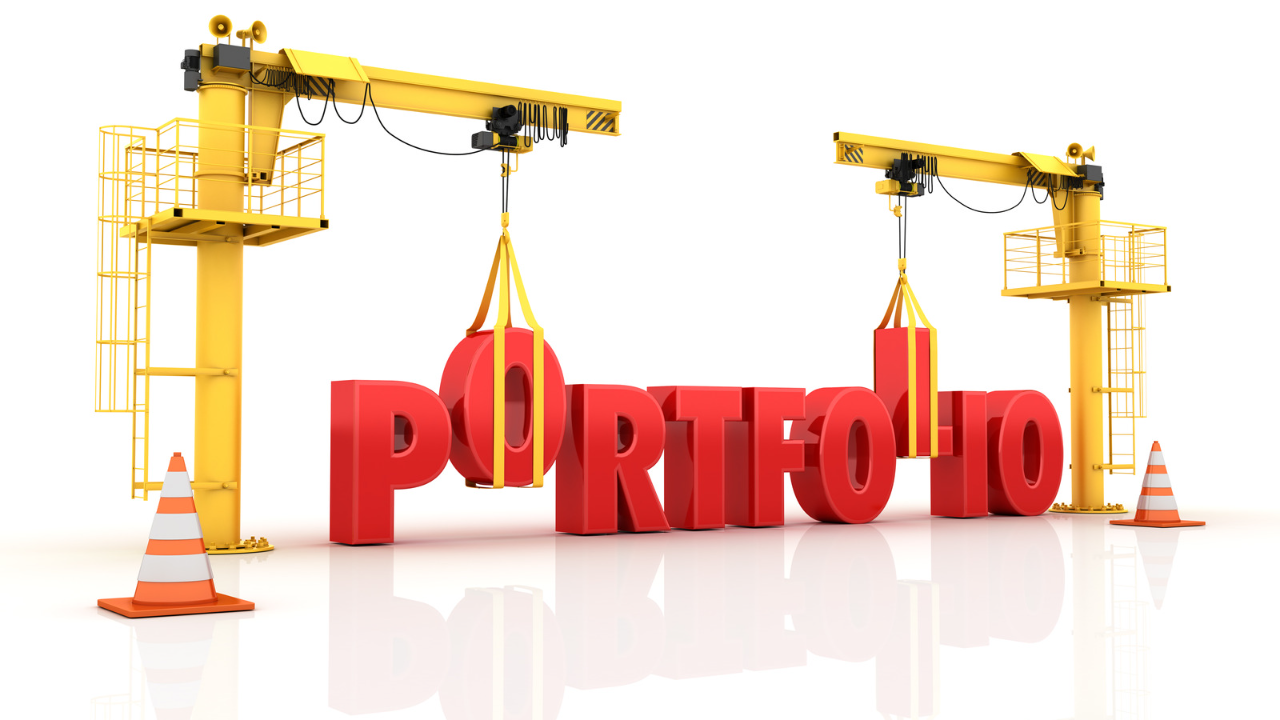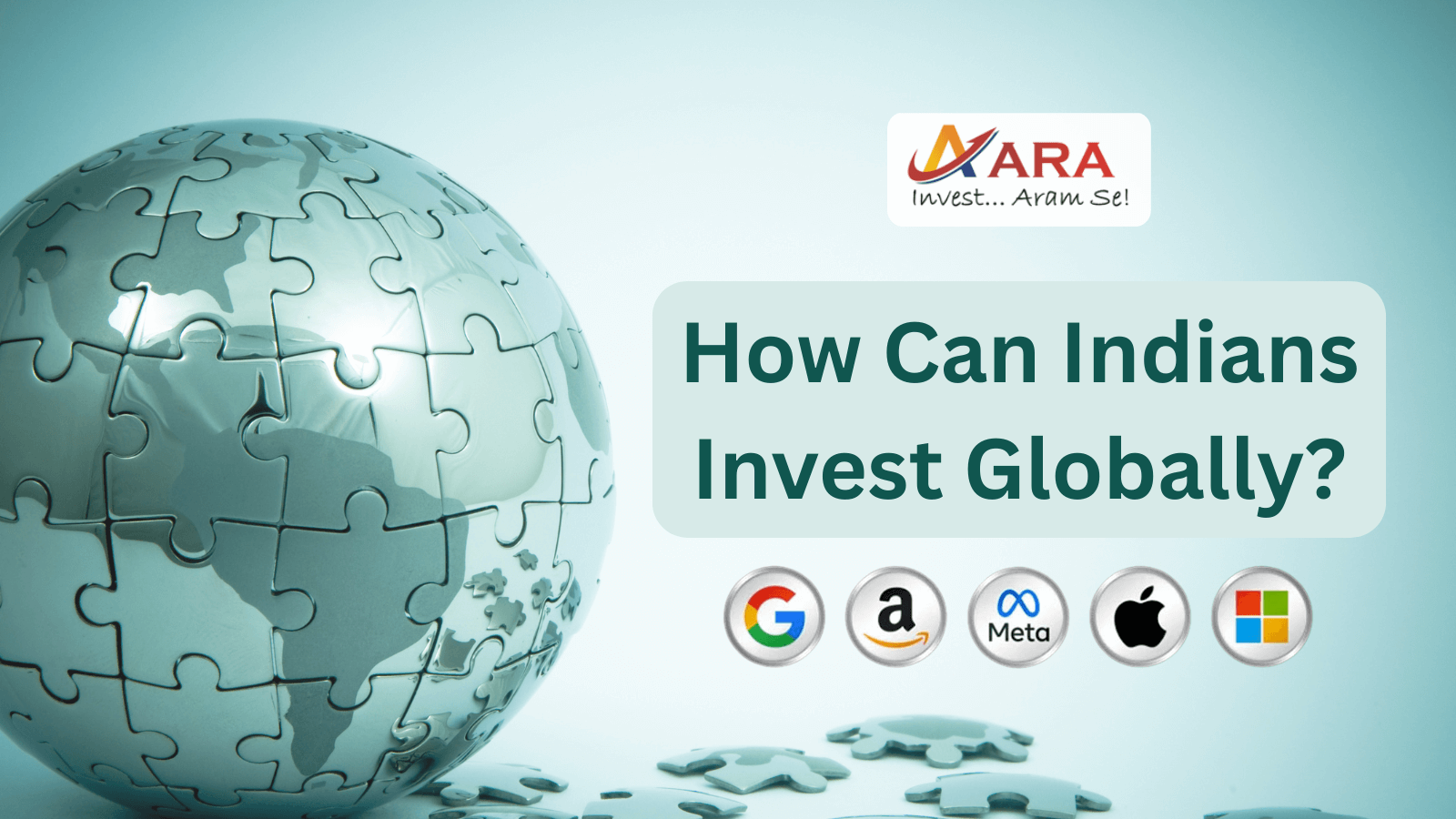Sometime back we wrote an article on how planning is important for one’s investment journey, be it an amateur or a reasonably informed investor. The article is centred on the process that we follow at Ara to build a strong foundation for an investment portfolio. We talk about an approach for selecting an investment product that helps one to determine the suitable risk-return matrix, i.e., the risk that one can take, and the returns one can expect, for a particular investment goal. This can also be termed as Asset Allocation. We recommend you read it if you haven’t. click here
In this article, we will help you to get a broad understanding of how to build an all-weather Equity Mutual Fund Portfolio. A lot of our thoughts in this article are an outcome of what we have experienced over many years, being on this side of the table. We also delve into the grappling issue that every investor needs to overcome to take rational investment decisions.
The Context
We all are aware that equity-oriented funds invest money in the stock market which comprises of thousands of listed companies. Can we compare the stock market with the Sun which rises and sets every day with a definite pattern? Definitely not! There are various factors that influences the market to shine or gloom. In the short term, the capital markets react to almost all events ranging from social, geopolitical, to economic ones which makes it look like a place with a lot of noise. And this noise often makes many people believe that stock market is a place meant for speculation.
Stock market always believes in looking forward (probable events or actions) and at times, it foresees things way too forward also. The best of brains always believe that stock market is the slave of corporate earnings in the long term. However, there are periods when companies are doing well, but the stock market may not give its due in terms of the valuation (share price). And surprisingly, many a times it is the reverse of this also. The reasons can be many. Probably the stock market is expecting something else or focused on “what next?” or just being myopic. But with the right behaviour and immense patience you can learn to ignore this noise for your benefit.
The primary reason for investing in an equity-oriented product, be it Equity Mutual Fund or Portfolio Management Services (PMS), is to grow our hard-earned money beyond inflation. Today, we have enough number of funds to choose from (read as confuse). Most investors are centred with a common question which reminds us of the Maruti advertisement – “Kitna Deti Hai?”. The ad talked about the obsession of mileage (fuel efficiency) that Indians crave. When it comes to investing in equity-oriented products, the obsession is not just limited to the returns but also for investing in the best performing schemes, always. Surprisingly, even the affluent investors, who have the privilege of getting some deeper insights directly from the fund management team (considering the portfolio size), are not too different. The reason for this biggest challenge lies hidden in the approach of evaluating the equity funds. This is obvious because most investors consider historical performance as the sole barometer while evaluating funds.
A Catch-22 Situation
The performance of most funds looks good when seen in hindsight and the same funds may not look as good once it is part of our portfolio. At times, it can happen the opposite way too. This simple yet complicated issue is an outcome of a self-proclaimed theory of investors that all schemes that I invest should always be in the top performing quartile. No doubt returns are important. But it is important to follow a process to build a resilient equity mutual fund portfolio that can deliver sustainable long-term growth.
Let us go through some basics for a better understanding of what we are going to explain further in this article. We all are aware, each equity mutual fund or a PMS is guided by some pre-set objectives. The Fund Manager does the stock selection always basis these pre-set objectives. For example, a flexi cap fund gives the flexibility to the fund manager to invest in any combination of large, mid, and small cap stocks. A large cap fund mandates that minimum 65% of the investment needs to be done in large cap companies and so on. And while managing any of these funds, a fund manager adopts a particular investment style – Growth, Value, or a Blend of both, which he/she follows as per his/her expertise.
Now let us consider a typical scenario where you are reviewing three Flexi Cap Funds – A, B & C, which are part of your existing portfolio. Though these funds fall under the same category and follow the same pre-set objectives set by the regulator, they might follow different investment styles. You evaluate them basis their historical returns for a particular period which shows that Fund B hasn’t fared well compared to Fund A & C. And basis this performance data, your grey matter prompts you to dump Fund B. This sounds quite logical, right? And this is how majority of the investors do while reviewing portfolio or evaluating funds. But this is not the best approach when you are building a long-term equity MF portfolio.
Now we understood the three different investment styles that fund managers follow – Growth, Value and Blend. You should be conscious of the fact that sometimes the market conditions are favourable for Growth stocks to perform, sometimes it’s the value stocks that do well and there are times when both growth and value drive the market. But it is difficult to predict and catch the trend normally. With lot of knowledge spread through media or social media, you will often hear multiple things like growth stocks will outperform, growth stocks at any price (read as valuation), value stocks have no value without growth, or you may hear something new in future. There will be no end to these which will often create a kind of hysteria in your mind. Now you must be wondering – ‘How do I ensure to have the best performing funds in my portfolio then’? Well, there is no practical answer to this question. The ideal question should be – ‘How can I make my equity MF portfolio more resilient in the long term?’
What should You as an Investor do?
Let us go back to the same example and analyse Fund A, B and C further with the newly acquired knowledge on investment styles. Now, apart from the historical performance data, you also know that Fund A and Fund C are following the Growth Style of investing and Fund B is following the Value Style. We hope this information is enlightening enough to join the dots as to why Fund B might be underperforming for a particular period (short or medium term). Yes! You guessed it right. The market might not have been favourable for the value strategy for that period. But does that mean Fund B is not the right choice? Probably no, at least based on this limited information. And if we always act based on few limited data points, we may often end up doing the reverse of buy low, sell high which is detrimental for long term wealth creation.
It is practically difficult to catch the market cycles and hence long-term investors should follow a simple process to make the equity mutual fund portfolio resilient. Primarily, one should have a good mix of different equity mutual funds like Large Cap, Flexi Cap, Multicap, Large and Midcap Funds, etc. depending on the end goals for the investments. Investors looking at maximising in the long term can also include Midcap, Small Cap, and a few Sectoral or Thematic Funds (after understanding the higher degree of volatility these funds can undergo). Index Funds and pure value-based funds can also be included in the portfolio. Further, these fund choices should be a combination of Growth, Value and Blend style of investing to ensure that the portfolio is not concentrated with schemes following similar investment style. Depending on the quantum of the investment, investors must judiciously allocate funds across different mutual fund companies and fund managers to avoid concentration risk. Well, this approach may not ensure that your portfolio will have the best performing funds always (like you prefer). Some of the funds may underperform or outperform at certain point of time depending on the strategy it follows. But it is important to understand that each fund has its relevance as a part of your overall portfolio. This approach will not reduce the market noise but will significantly help to reduce the inner noise which prompts you to act on every situation. Many a times, not acting (when not necessary) works as a major stimulant for long term growth of your portfolio. More importantly, this approach will help you to build a portfolio that can weather different market cycles.
Our View
Historical performance is like a rear-view mirror which has its own relevance. Rear-view mirror helps us to move between lanes while driving. Likewise, historical performance provides a broader view and helps us to select the right asset class for our investment needs. We cannot drive forward only by looking at the rear-view mirror. Similarly, the historical performance cannot be the sole guiding light while evaluating funds. When investing for long term wealth creation, we should be looking forward like we look through the windshield while driving. Your insights about the market, economy etc. plays a vital role in building an equity MF portfolio.
A portfolio should be reviewed with the right set of data points. Like comparing an apple and orange is irrational, you should not compare two funds which follow different investment styles (either within or outside your portfolio). There is a possibility that one of two funds in same category with similar investment style is not doing well at a certain point of time. A deeper analysis through the fund’s factsheet or a conversation with your advisor will help you understand the reason behind this divergence and whether it needs any action. For good health, we need both apples and oranges. Likewise, a healthy portfolio needs a combination of funds with different categories, sub-categories, and different investment styles. This will help your portfolio become an all-weather portfolio.
While investing in equities, one should marry volatility and should understand how and where to optimise. At times, market or funds might leave you with a feeling of having missed out the best. Following financial planning, asset allocation and investment discipline will avoid the need of juggling in the portfolio. It is important to read a lot, hear a lot, but ‘Act only when it is necessary’. Involve an expert to handhold you throughout in this process to save your precious time. Remember! Right behaviour and immense patience will garner the best returns while investing in Equity Oriented Funds.

Shreedhara is the Founder & Director of Ara Financial Services Pvt. Ltd. He has an experience of over 2 decades in Financial Service Industry with majority of it in guiding individuals and institutions on their investments requirements.








